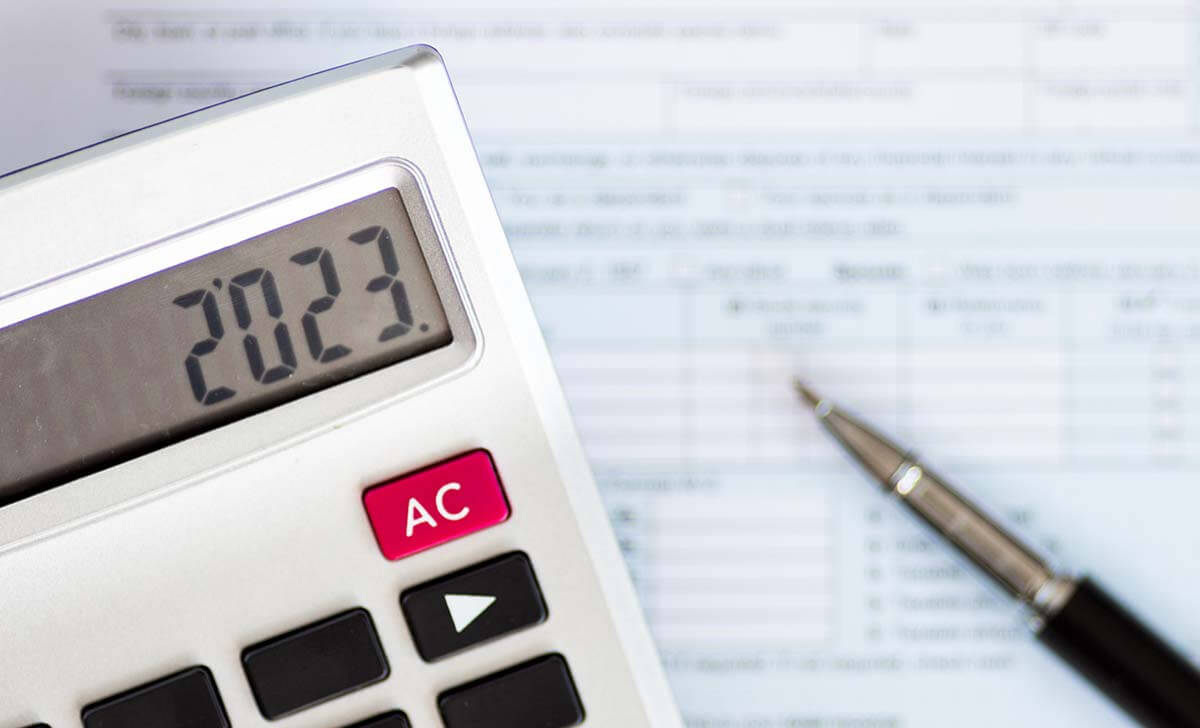Pay as you go (PAYG) instalments are a system used by the Australian Taxation Office (ATO) to collect tax payments towards your expected income tax liability for the current financial year. These instalments will be used as a tax credit towards your tax liability assessed in your annual income tax return when lodged with the Australian Tax Office.
The ATO will write to you if you are to begin or discontinue paying PAYG Instalments on the basis of your prior year tax return or return last lodged and will include the relevant reasons of their decision.
PAYG Instalments – Individuals
The ATO will assess the information disclosed in your prior year tax return and will determine if you are to meet the requirements to begin, continue or discontinue paying PAYG Instalments.
As a general rule the ATO will notify that you are to start paying PAYG Instalments if:
- You have disclosed $2,000 or more of gross business and investment income (this excludes net capital gains and excludes salary or wage income that has already been withheld from your employer)
- The tax payable on your last assessed tax return is more than $500 (this disregards PAYG Instalment credits that were applied)
- Your notional tax is more than $250, this means the tax that would have been payable on your last year business and investment income based on current year tax rates.
- You are not entitled to the seniors and pensioners tax offset.
An annual tax return must always be lodged with the ATO irrespective of whether you are on the PAYG Instalment system or not as PAYG Instalments are only estimates of your year-end tax liability.
PAYG Instalments – Companies
Generally, companies and super funds will be assessed for PAYG Instalments if either your:
- Instalment rate is more than 0%
- Notional tax is more than $250
If your gross business and investment turnover is greater than $2 million, you may only use the instalment rate option, which is option 2 on your PAYG instalment document usually included on your quarterly business activity statement.
How much of a PAYG instalment to pay?
There are two different methods of calculating your PAYG instalment amount:
Option 1 - Pay an amount that the ATO calculates for you; based on your last assessed tax return.
Option 2 - Calculate your own instalment based using the rate method; this option is available to all individuals and most businesses. Only companies and superannuation funds with a turn over more than $2 million are not entitled to this. This option is worked out by using the instalment rate percentage that the ATO provides which is then multiplied by your gross business and investment income for the period. This method helps with businesses with cash flow and gives a more accurate instalment figure as your income may be vastly different to the previous year, in that case the ATO instalment amount can be inaccurate.
Changing the ATO PAYG Instalment amount or rate
You have the option to vary the instalment amount or rate provided by the ATO if you believe that it will result in paying more tax or not enough tax during the year.
You may be liable to pay General Interest Charges and penalties if your varied PAYG Instalment amounts are less than 85% of your actual tax liability.
How often are PAYG Instalments paid?
PAYG Instalments are generally paid each quarter. However there is an option available to pay two instalments or an annual instalment depending on your eligibility.
Two Instalments
The ATO will issue a letter if you are eligible to pay in two instalment. Under this arrangement you will pay 75% of your annual PAYG liability by 28 April and the remainder by 28 July.
Annual Instalment
This type of instalment is only one lump sum payment towards your expected income tax liability for the year. To be eligible for this, you must meet the following requirements:
- Your most recent notional tax was less than $8,000
- You are registered for GST and report and pay this annually
- If you are a partner in a partnership that is registered for GST and you report and pay GST annually.
Again, the ATO will issue a notice letting you know if you are eligible to pay PAYG annually. If this is the case and you would like to pay annually, please advise us by the date of your first quarterly PAYG Instalment due date. If you do not advise us by the due date, the ATO will automatically assess you to pay instalments on a quarterly basis.
The due dates for annual instalment payments are on the 21 October following the end of the income year, the ATO will issue a notice advising you of how much to pay.
If this option is chosen you must continue with it, unless your circumstances change or you advise the ATO you do not want to pay PAYG Instalments under this option.
Quarterly Instalment
If you do not meet the ATO requirements to pay PAYG instalments twice a year or annually , then you will have to pay PAYG Instalments quarterly. Under this arrangement you will pay 25% of your PAYG liability each quarter unless you are using the rate method which is depends on your gross business and investment income for the quarters. The ATO will issue these activity statements each quarter for lodgment and payment. The due dates for the option are below:
|
Quarter |
Instalment due by |
|
July - September |
28 October |
|
October - December |
28 February |
|
January - March |
28 April |
|
April - June |
28 July |
Please contact any one of the following members of the Azure tax team or your Client Advisor for assistance on (02) 9238 1188:
Tanya Moran – Tax Partner, Sydney Office
Stephen Smith – Tax Partner, Southport Office
Sally McGhee – Tax Manager, Sydney Office
David Rowe – Senior tax Accountant, Sydney Office
Azure Group does not expect or invite any person to act or rely on any statement, view or opinion expressed in this report without first obtaining advice from a qualified professional person. The authors are not responsible for the results of any actions taken on the basis of information neither in this publication, not for any error in or omission from this publication.








Comment